Casey Brown’s sustainable approach to the Australian beach shack
A resourceful palette of materials, featuring aluminium, birch plywood, spotted gum and Corten, contributes to this sustainable and remote house – only accessible by boat
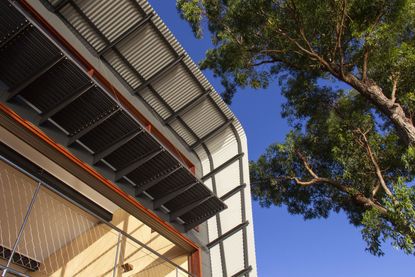
On Great Mackerel Beach, in a once concealed Sydney beachside suburb, lies Hart House by Casey Brown Architecture; a contemporary interpretation of the Australian beach shack.
Nestled within the scenic surroundings of the Ku-ring-gai Chase National Park, the house is hinged upon a steep cliff. On approach from the bay — the location is only accessible by boat — Hart House creates an illusion of floating majestically above the water.
Inspired by the primary shape of a box, the structure is clad in corrugated aluminium to protect the house from the harsh coastal environment, southerly winds and bushfire-prone landscape – a material also chosen for its light-weight properties. While one side of the house remains open and embraces the coastal views, the rest extrudes vertically opening up additional levels. With each level comes an increased sense of floating above the water.

Although deceiving at first, the structure compromises of more than one room. The main space features dining, kitchen and living areas, all boasting generous heights and a mezzanine level, while the bathroom and pantry can be found within the built-in utility pod. Directly below the living space lies a spacious master bedroom, which opens onto a sandstone terrace constructed from stone extracted from the site.
The entire structure repeats similar values established by the Sydney-based practice across other designs – with sustainability at the forefront of every project. Hart House is completely self-sufficient with power sourced from its range of solar panels and water supply sourced from harvested rainwater, as well a on-site waste processing.
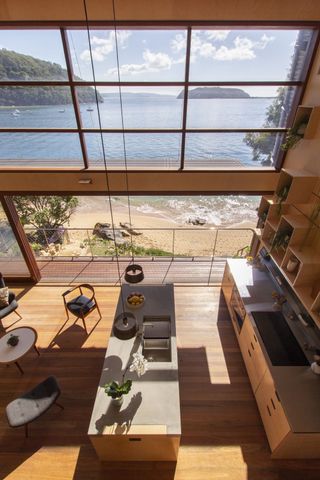
Similarly to the exterior, the interiors are simple in design with materials that are durable and resourceful. Walls and floors are lined in birch plywood with plasterboard ceilings and exposed structural elements. Corten frames doors and windows to the side of the house, providing shade as well as complementing the red hues of the spotted gum used extensively both internally and externally. The warm palette of the space effortlessly reflects the colours of the surrounding bush landscape.
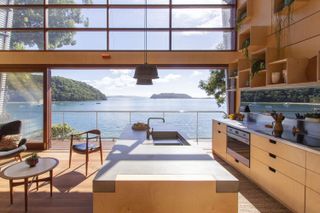
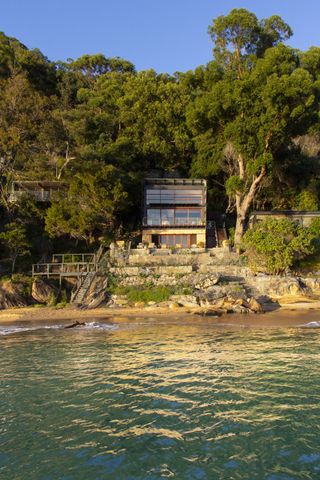
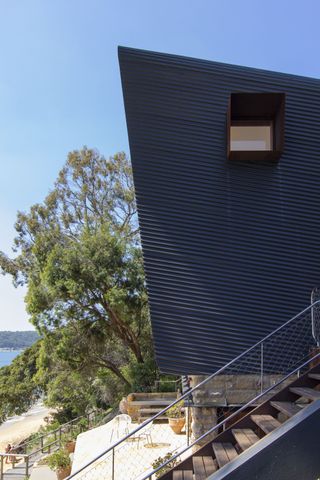
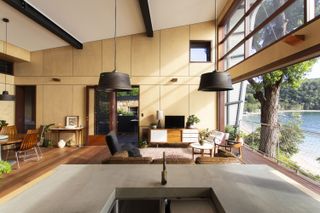
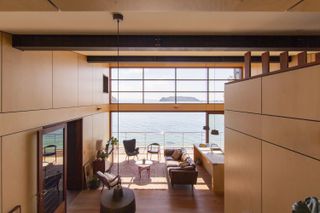
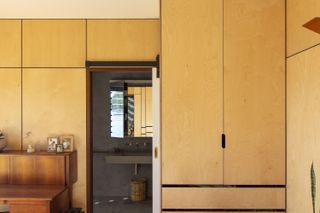

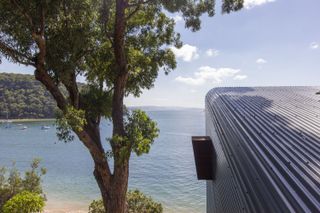
INFORMATION
For more information, visit the Casey Brown Architecture website
Wallpaper* Newsletter
Receive our daily digest of inspiration, escapism and design stories from around the world direct to your inbox
-
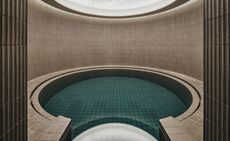 Find yourself at Six Senses Kyoto, the brand's breathtaking Japan debut
Find yourself at Six Senses Kyoto, the brand's breathtaking Japan debutSix Senses Kyoto opens its doors boasting tranquil, luxurious interiors by Blink Design Group
By Danielle Demetriou Published
-
 Shigeru Ban’s mini Paper Log House welcomed at The Glass House
Shigeru Ban’s mini Paper Log House welcomed at The Glass House'Shigeru Ban: The Paper Log House' is shown at The Glass House in New Canaan, USA as the house museum of American architect Philip Johnson plays host to the Japanese architect’s model temporary home concept
By Adrian Madlener Published
-
 Artist Mickalene Thomas wrestles with notions of Black beauty, female empowerment and love
Artist Mickalene Thomas wrestles with notions of Black beauty, female empowerment and love'Mickalene Thomas: All About Love’, a touring exhibition, considers Black female representation
By Hannah Silver Published
-
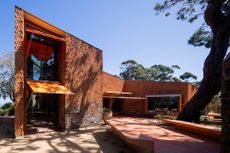 Burnt Earth Beach House is an experimental retreat crafted in terracotta
Burnt Earth Beach House is an experimental retreat crafted in terracottaThe experimental Australian Burnt Earth Beach House by John Wardle breaks new ground in material composition, using baked earth for warmth, texture and tonality
By Ellie Stathaki Published
-
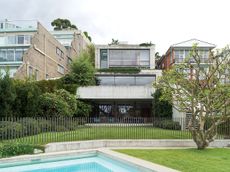 Lavender Bay house opens towards the water, overlooking Sydney harbour
Lavender Bay house opens towards the water, overlooking Sydney harbourLavender Bay house by Tobias Partners is an expansive family home overlooking Sydney harbour
By Ellie Stathaki Published
-
 Mori House is an Australian beach escape fusing international design influences
Mori House is an Australian beach escape fusing international design influencesMornington Peninsula's Mori House by architect Manuel Aires Mateus is a striking fusion of Australian, Portuguese and Japanese design influences
By Stephen Crafti Published
-
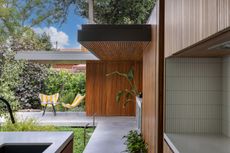 Victorian cottage transformed by radical extension into a light-filled living space
Victorian cottage transformed by radical extension into a light-filled living spaceGlasshouse Projects has opened up the heart of this Victorian cottage in Adelaide, Australia, with a contemporary garden extension and pool
By Jonathan Bell Published
-
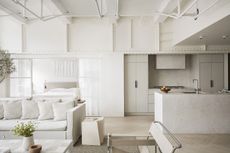 Sydney’s Wharf Apartment is a heritage maritime space that evokes a coastal holiday home
Sydney’s Wharf Apartment is a heritage maritime space that evokes a coastal holiday homeLawless & Meyerson’s Wharf Apartment is a careful, contemporary residential transformation in Sydney’s Finger Wharf that taps into the property's historic character
By Grace Bernard Published
-
 Eclat rethinks 21st-century workspace with a hospitality offering in Melbourne
Eclat rethinks 21st-century workspace with a hospitality offering in MelbourneWith new Melbourne co-working space Eclat, Australian designers Forme defy the conventional shared office model through sensitive craftsmanship and hidden high-tech
By Carli Philips Published
-
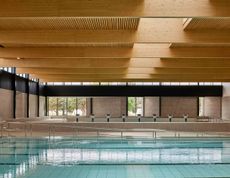 This Melbourne aquatic recreation centre’s crafted timber ceiling hints at its sustainability ambitions
This Melbourne aquatic recreation centre’s crafted timber ceiling hints at its sustainability ambitionsThe Northcote Aquatic Recreation Centre by Warren and Mahoney opens in Melbourne, blending sleek aesthetics with environmental responsibility
By Ellie Stathaki Published
-
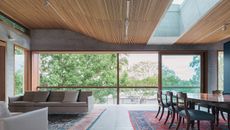 Treetops House brings softness to contemporary concrete volumes in Sydney
Treetops House brings softness to contemporary concrete volumes in SydneyTreetops House by Tobias Partners is an Australian home that juxtaposes crisp concrete volumes with soft curves, playful colours and lush nature
By Ellie Stathaki Published